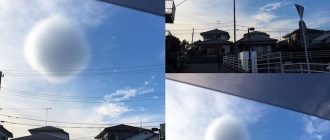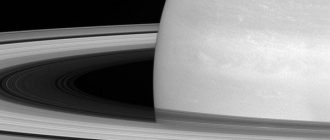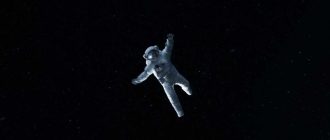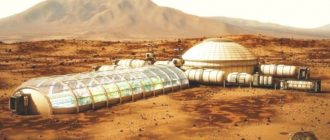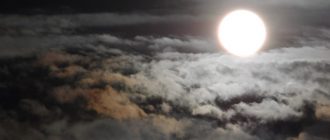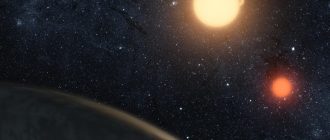

Researcher Joseph Nuth of NASA's Space Flight Center in Greenbelt made a very disturbing and unexpected statement. In his opinion, comets pose a serious threat to our planet, therefore, both scientists and politicians have long needed to think about protecting the Earth from these space objects.
“For some reason, people from the relevant services who are interested in protecting our planet have largely ignored the threat of comets,” Nut said during a press conference that took place on Monday (December 12) at the annual fall session of the American Geophysical Union. (AGU).
In his opinion, the main reason for the lack of attention to this problem is the understanding that it is not at all easy to prevent comets from falling to the Earth's surface due to the practical impossibility to track the intrusion of these relatively small ice bodies into the atmosphere of our planet. However, at the same time, Nut stressed that careful preparation for such events will prevent unwanted consequences.
The scientist noted that the relevant services are focused primarily on hunting for asteroids, which is understandable: firstly, they are much more common in near-earth space than comets, and, therefore, represent the majority of potentially dangerous celestial bodies, and secondly, there are many easier to detect and track than comets, given their Earth-like orbit and size.
Comets, however, spend most of their lives in the dark depths of the outer region of the solar system, which significantly reduces the chances of astronomers for their timely detection. For example, the famous Halley's comet orbits the sun only once every 75 years.
“Most comets come out of nowhere,” Nut said before the press conference. As an example, he cited the comet Siding Spring, an object approximately 0.5 kilometers wide that was discovered in January 2013, which just 22 months later, in October 2014, flew close to Mars at a distance of only 140,000 km from the surface of the Red Planet. .
The scientist stressed that the element of surprise in the case of comets is much higher than with asteroids, most of which have already been discovered. Moreover, while, on average, asteroids that have fallen and are capable of falling to Earth move at a speed of about 71940 km / h, the speed of falling comets can be more than twice as high (the speed of passage of the Siding Spring in October 2014 was 200 000 km / h), which significantly increases the volume of catastrophic consequences.
As a result, Joseph Nuth came up with a very specific proposal – to create two types of spacecraft “Interceptor” and “Observer” and place them on Earth until a potential threat appears. If a comet is detected, an Observer will be launched immediately in its direction, the main purpose of which will be to reveal the reality of an outgoing threat. If the potential danger is confirmed, then it will be the turn of the Interceptor, which will be launched in order to change the trajectory of the comet's flight with the help of a nuclear charge.
The scientist noted that the ability to carry a nuclear bomb aboard the 'Interceptor' is necessary not only to combat comets, but also to prevent danger from other space bodies such as asteroids.
“We are talking about a significant amount of money,” concluded Nut. 'NASA's request is likely to range in the range of several hundred million dollars for just one of these vehicles. I am not a politician and have no relation to the NASA administration, I am just a scientist. Therefore, you can regard my speech as scientific advice. '

